When we extract honey we have to remove the little wax caps that the bees put over the cells once the honey stored has the correct water content. This wax is prized and once cleaned makes the most beautiful candles and other products.
Needless to say, we collect all the wax cappings from the extraction process and have found that using a use a slow cooker to filter them gives really good results. I rinse the cappings in filtered rain water to try and flush away as much honey as possible to start with.
First I place a liner into the slow cooker so that it doesn’t get ruined by the wax during the process…
The slow cooker that I have is an older version of this one https://amzn.to/3HGFkb5
I’ve found these liners to be very good and can be reused several times https://amzn.to/3RDJ55P
I then put in about an inch of clean rain water in the pan – if you don’t have any rainwater then filtered water is the next best thing – tap water can be very hard and cause the wax to become spongy.
I then use a long piece of elastic to hold a piece of fabric over the top of the pan. Some people swear by using silk or other specialist fabrics, but I’ve found that a bit of old cotton sheet or pillowcase is fine. I wouldn’t recommend using an elastic band as they have a tendency to break when they get warm which results in having to start the process all over again!
I place a double layer of nappy liners on top of the fabric to complete the filter.
I’ve found these liners to be very good – they are a decent size and hold together nicely. Link: https://amzn.to/3DLjoKQ
Then, all that is left to do is to put the cappings on top of the filter, put the lid on and turn on the slow cooker to Low. As the wax warms up, it will drip through the filter into the water below. You don’t want the wax to get too hot as it can become discoloured – I’ve found that on the low setting one batch will take about 30 minutes to filter through and the water doesn’t get hot enough to boil. I then turn off the slow cooker and leave everything to cool down over a couple of hours.
You’ll end up with the filter looking grotty like this.
You can then peel off the filter and look in at the beautifully clean wax below!
Ta da!
If the wax is particularly grubby to start with I’ve found that it generally needs to be filtered twice to get it really clear. All that is now left to do is to dry off the wax block and then it’s ready to be used for candle making etc.
I cut up the filters into strips and roll them up – they make excellent fire lighters.

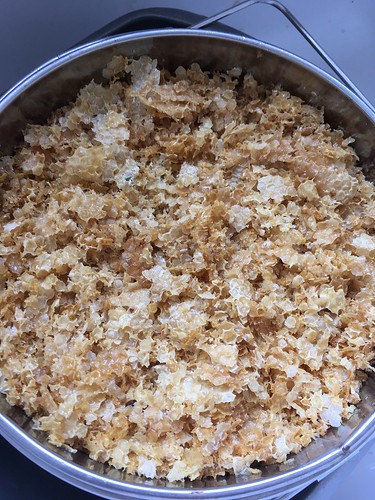
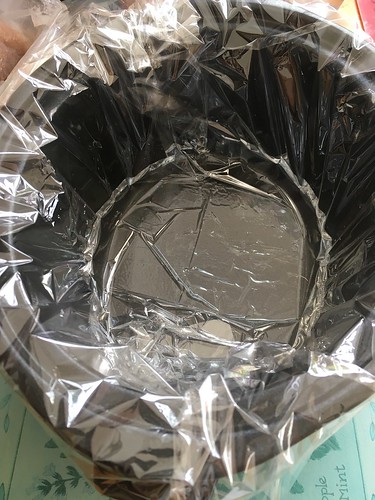
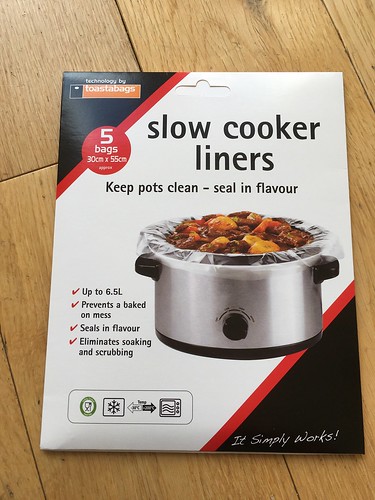
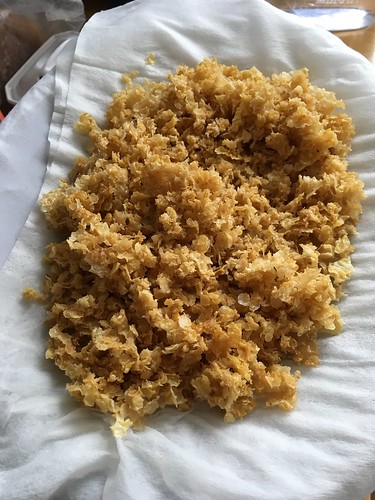
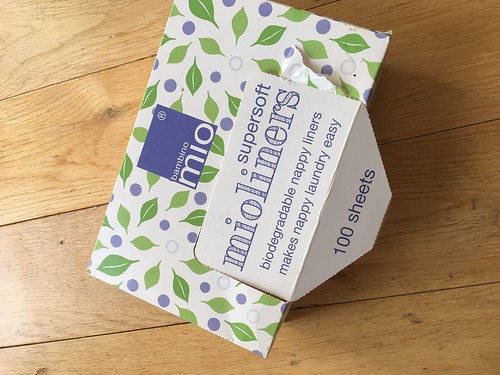
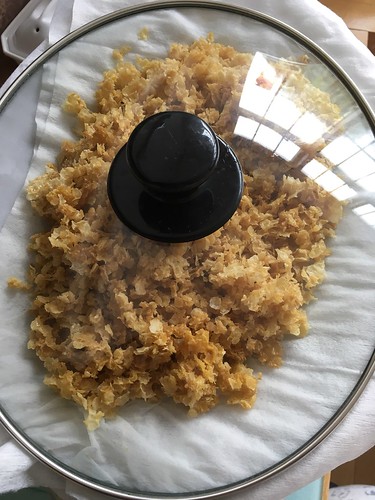

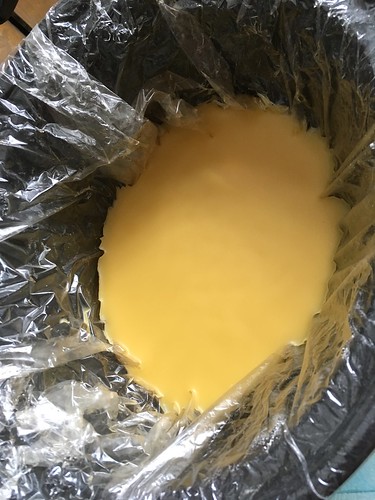
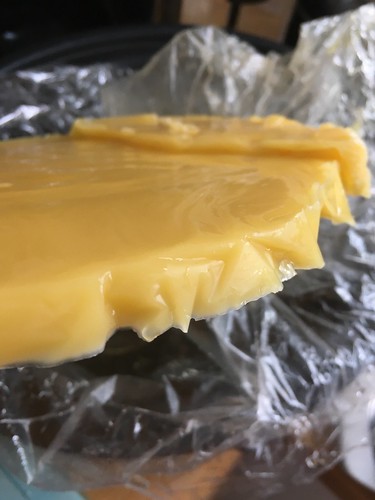
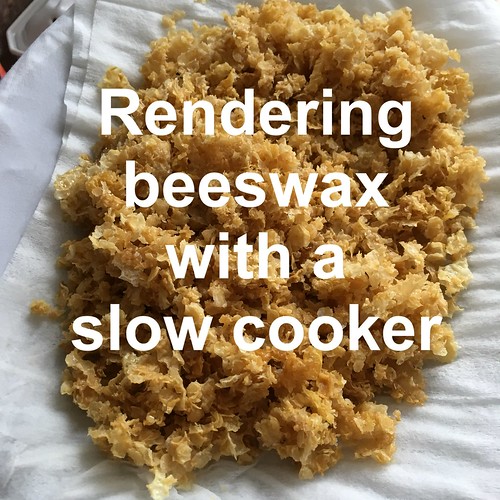
I’ve tried several ways to render bees wax and this was by far the easiest method. I used an old crock pot but the liners kept the wax off of the inside, outside, handles, etc. The wax melted in about two hours with the pot on low and all the yickey stuff was left in the diaper liners. I purchased the liners on Amazon.
Not even a little residue was left on the wax when it hardened. I used the same crock to melt the clean wax and make cutting board conditioner. My crock was small so in all, I heated/melted my wax three times with very little clean up in between. I ended up with about 10.5 oz of clean, hardened wax for reference. This is my new method for rendering bees wax!
That’s great to hear!
I use a crock pot I got from the thrift shop so I don’t use my good one. Put a little water in th bottom. I put the wax in old pantyhose or knee highs from Dollar Tree. Put on the lid, turn on low and takes about an hour. Less expensive than buying liners and nappy liners.